Lunar Gold Rush On The Way In New Space Race
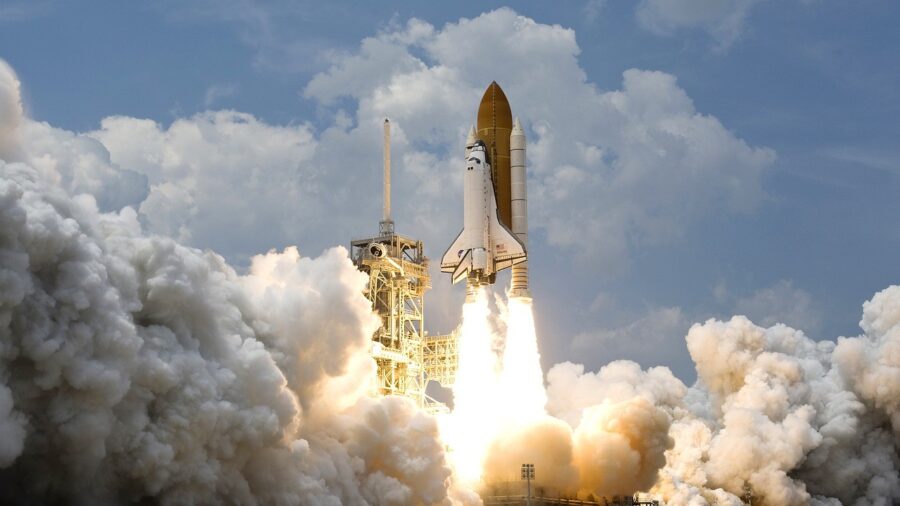
There’s a new lunar Gold Rush building, with scientists all clamoring to occupy a piece of the Moon for their own research. Scientists have proposed a groundbreaking new way to measure gravitational waves by placing a telescope, called the Lunar Gravitational Wave Antenna (LGWA), on the moon. There’s one obstacle to this proposal, though, and that’s the Wild West-style charge descending on Earth’s Moon.
Scientists Are Pushing For Regulations
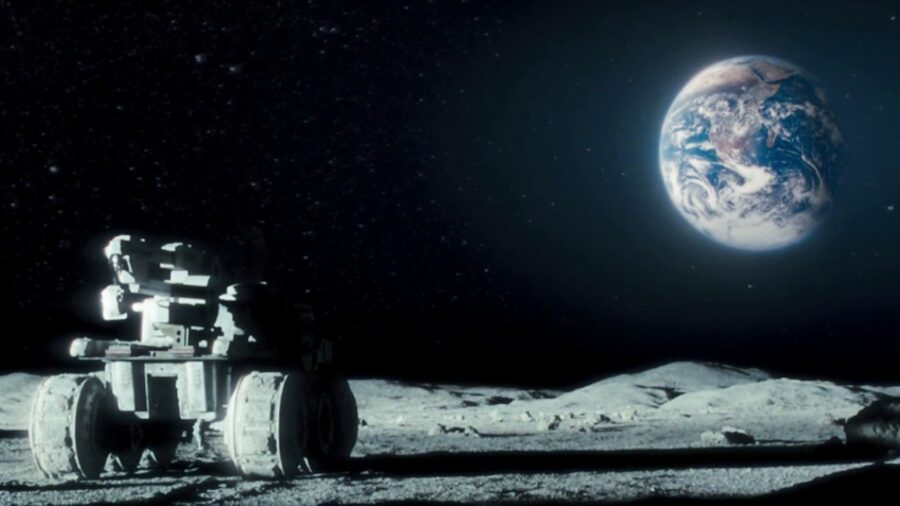
The LGWA project aims to detect minute fluctuations of gravitational waves created by the emergence of our galaxy as well as others. Picking up these minute signals is challenging enough without interference from other electronics, so a lunar Gold Rush could throw a wrench in the works for a telescope on the Moon. Scientists hope to get buy-in internationally, as well as from commercial space exploration companies, for a set of regulations that would keep the surface of the Moon free from interference before it’s too late.
From Governments To Corporations
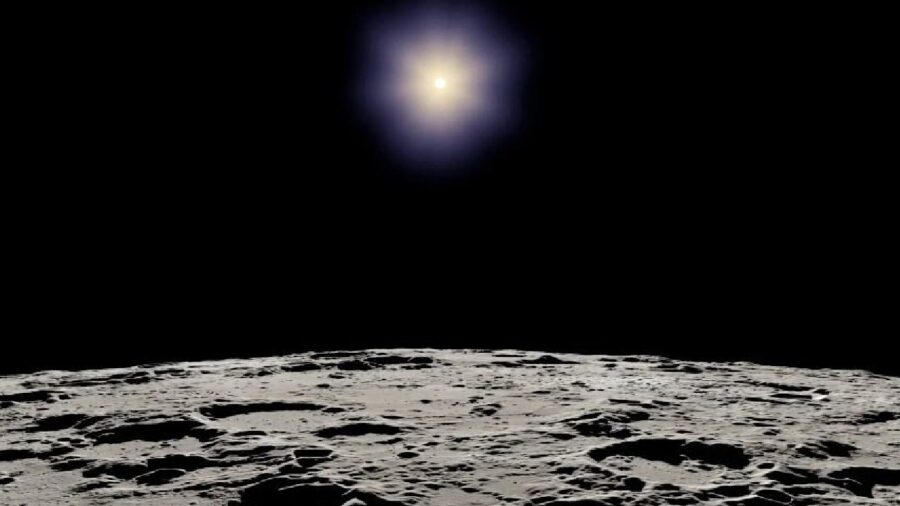
Until recently, space exploration was largely a publicly operated system, with government institutions at the helm. With the successful deployment of an unmanned lander in February by Intuitive Machines breaking the way for commercial lunar exploration, companies are lining up for a shot at privately funded space travel, and researchers are looking for new opportunities to collect data on the moon.
Although this new era of commercial space exploration is inspiring expanded research into all kinds of aspects of our universe, it’s also leading to a new lunar Gold Rush, threatening to clog the lunar airwaves with radio signals.
The Moon Is Ideal For Science
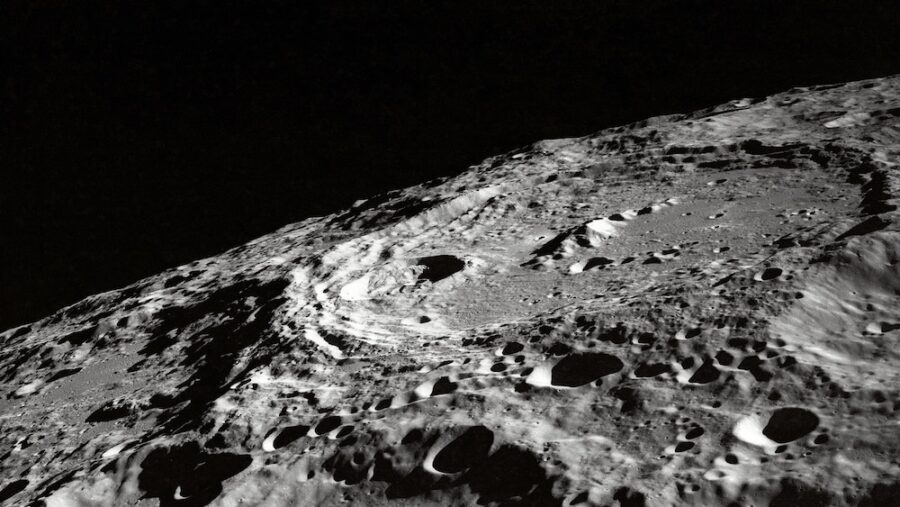
Part of the reason for all the interest in new lunar projects is that the Moon has some characteristics necessary for research that the Earth lacks. Since the Earth’s atmosphere blocks certain electromagnetic frequencies, and our airwaves are increasingly populated with communications signals, it’s not the best place to study minute differences in gravitational waves.
The Moon poses a novel solution to this problem, offering an atmosphere-free environment that can be shielded from interference from Earth on its far side and causing a cascade of interest known as the new lunar Gold Rush.
Benefits From A Lack Of Interference
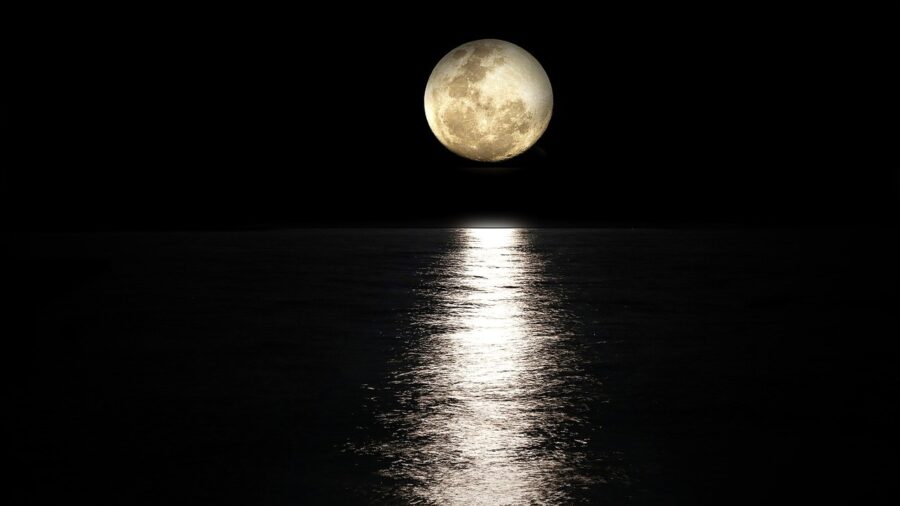
Detecting gravitational waves from the Moon can allow scientists to better understand the birth of our own galaxy as well as study distant ones, potentially illuminating the most obscure aspects of astrophysics. The problem, of course, is that just like the team behind the LGWA, other researchers are hoping to take advantage of the lack of interference on the surface of the Moon as well as its temperature and other unique factors to set up their own projects. The lunar Gold Rush is driven by a desire to understand our universe better.
The New Commercial Space Race
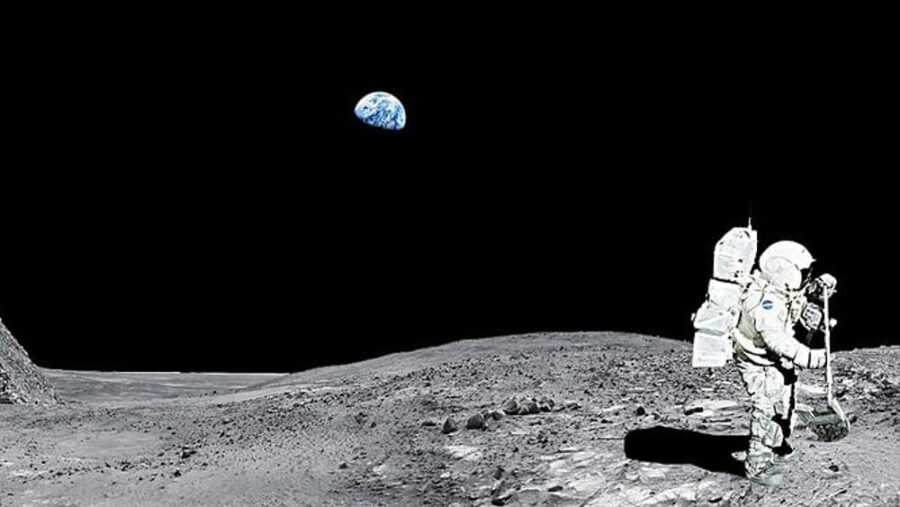
Researchers behind the LGWA project have begun the conversation about protecting the lunar surface from interference, pointing out that a free-for-all on the Moon could be disastrous for many of the planned lunar endeavors.
While the lunar Gold Rush is a relatively new phenomenon, preventing its most destructive potential could improve the study of astrophysics for decades to come. Most new commercial space exploration companies might be unaware of the possible complications their equipment could cause for other researchers, so planning for unintended consequences is paramount.












